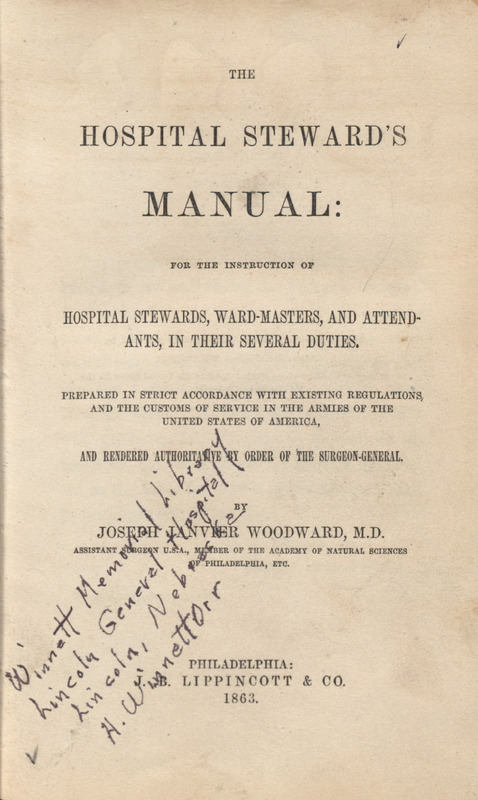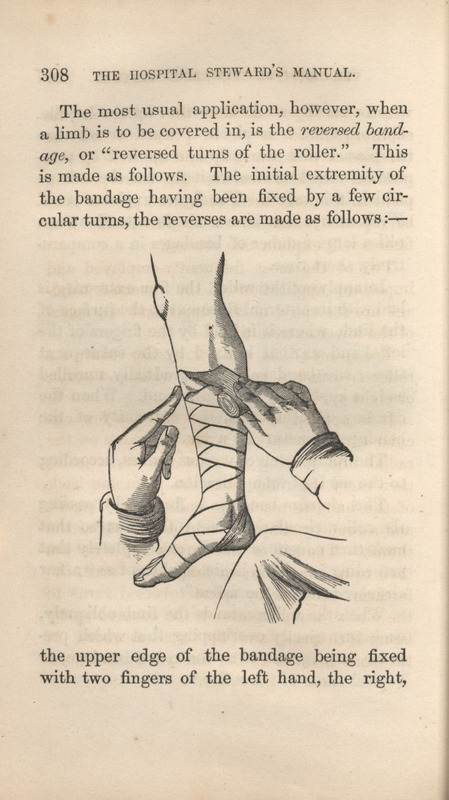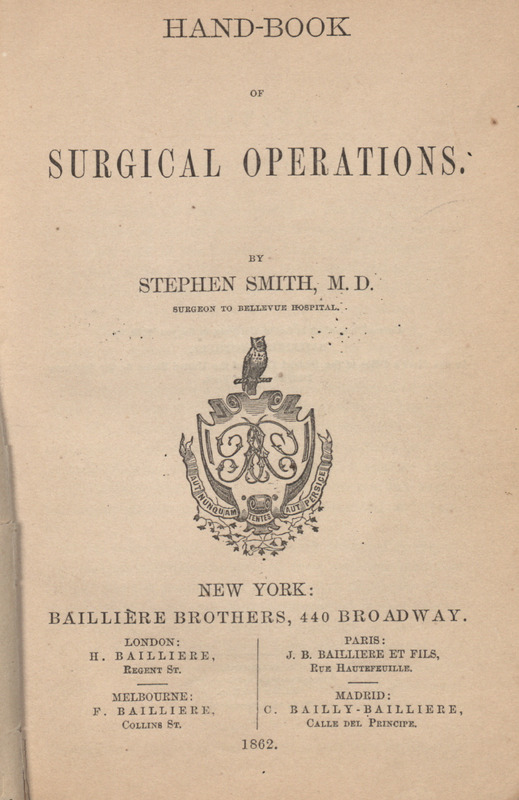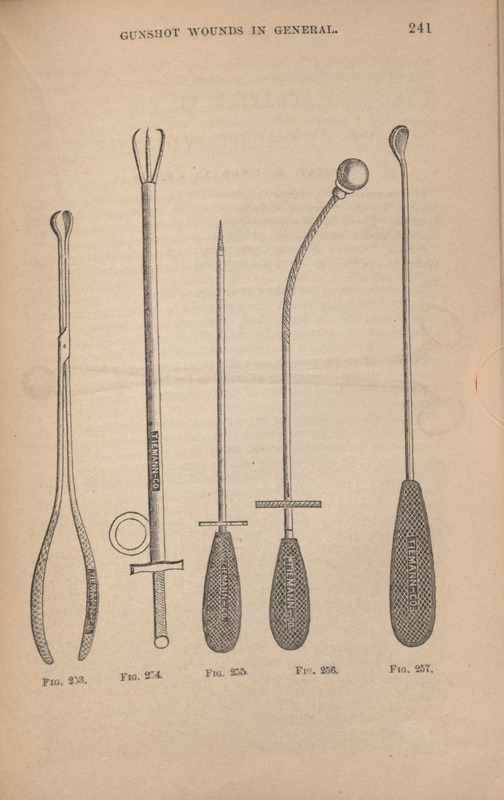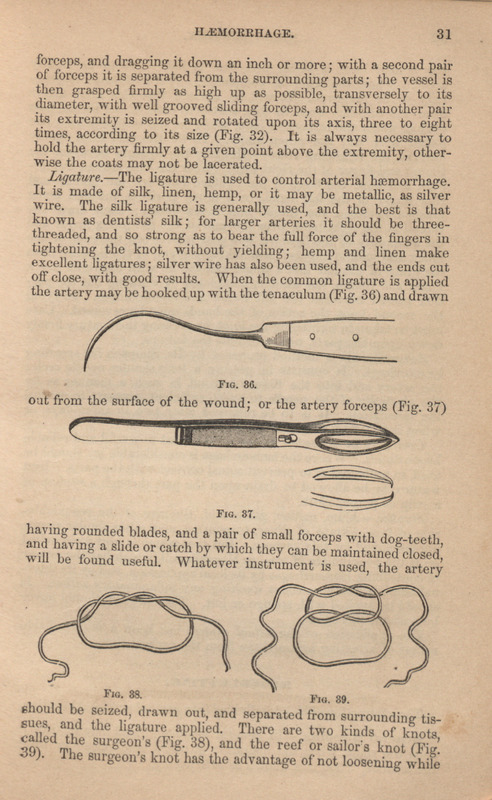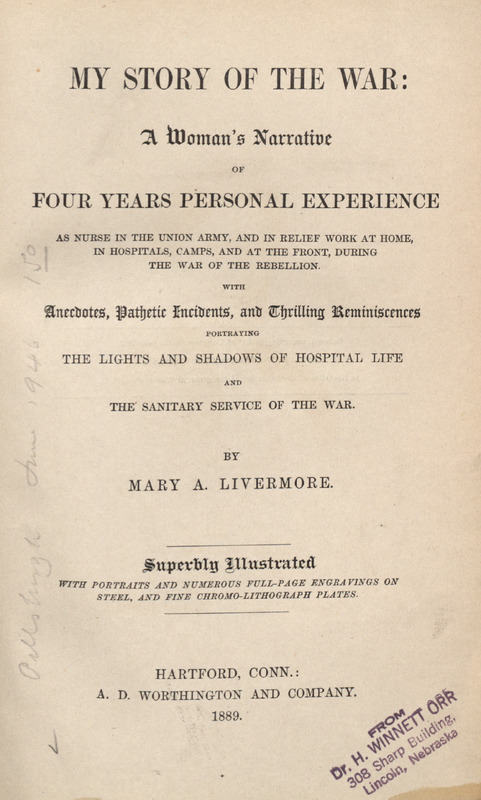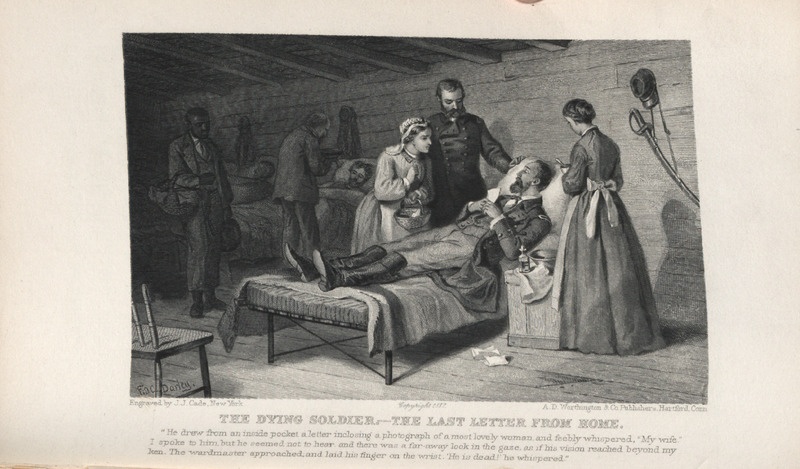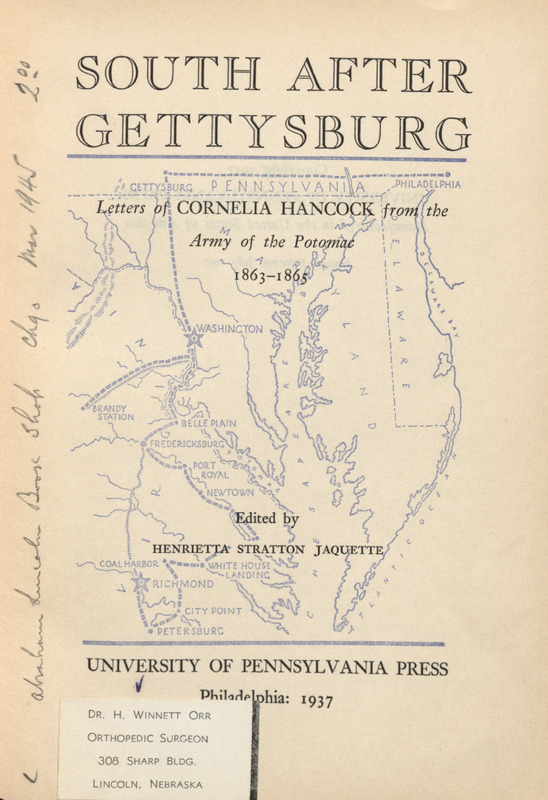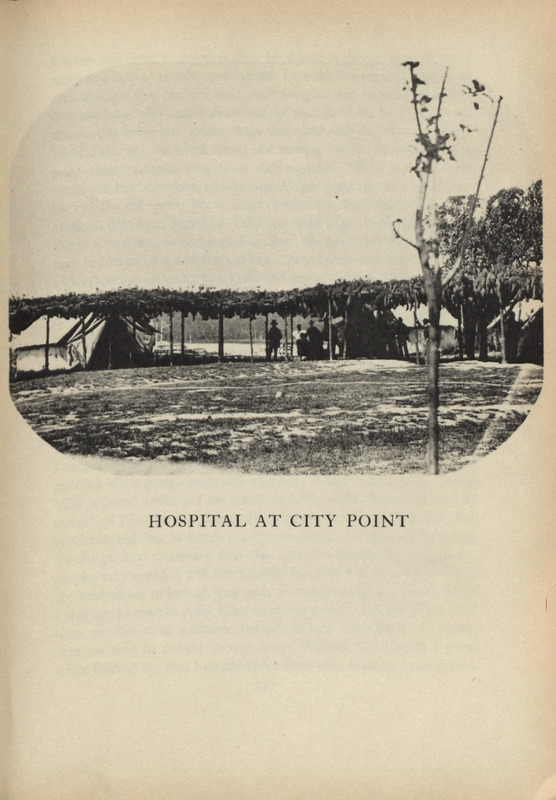The Hospital Steward’s Manual:
for the instruction of hospital stewards, wardmasters, and attendants, in their several duties: prepared in strict accordance with existing regulations and the customs of service in the armies of the United States of America, and rendered authoritative by order of the Surgeon-General.
Born in Pennsylvania, Joseph Woodward, MD, served in the Office of the Surgeon General during the American Civil War. He prepared pathologic specimens and worked on a medical history of the war. He was an innovator of photo-microscopy (or photomicrography), a technique in which a photograph is taken through a microscope. The technique allowed for the publication of images of microorganisms. Dr. Woodward attended President Abraham Lincoln’s postmortem and was one of the physicians for President James Garfield after he was shot in 1881.

